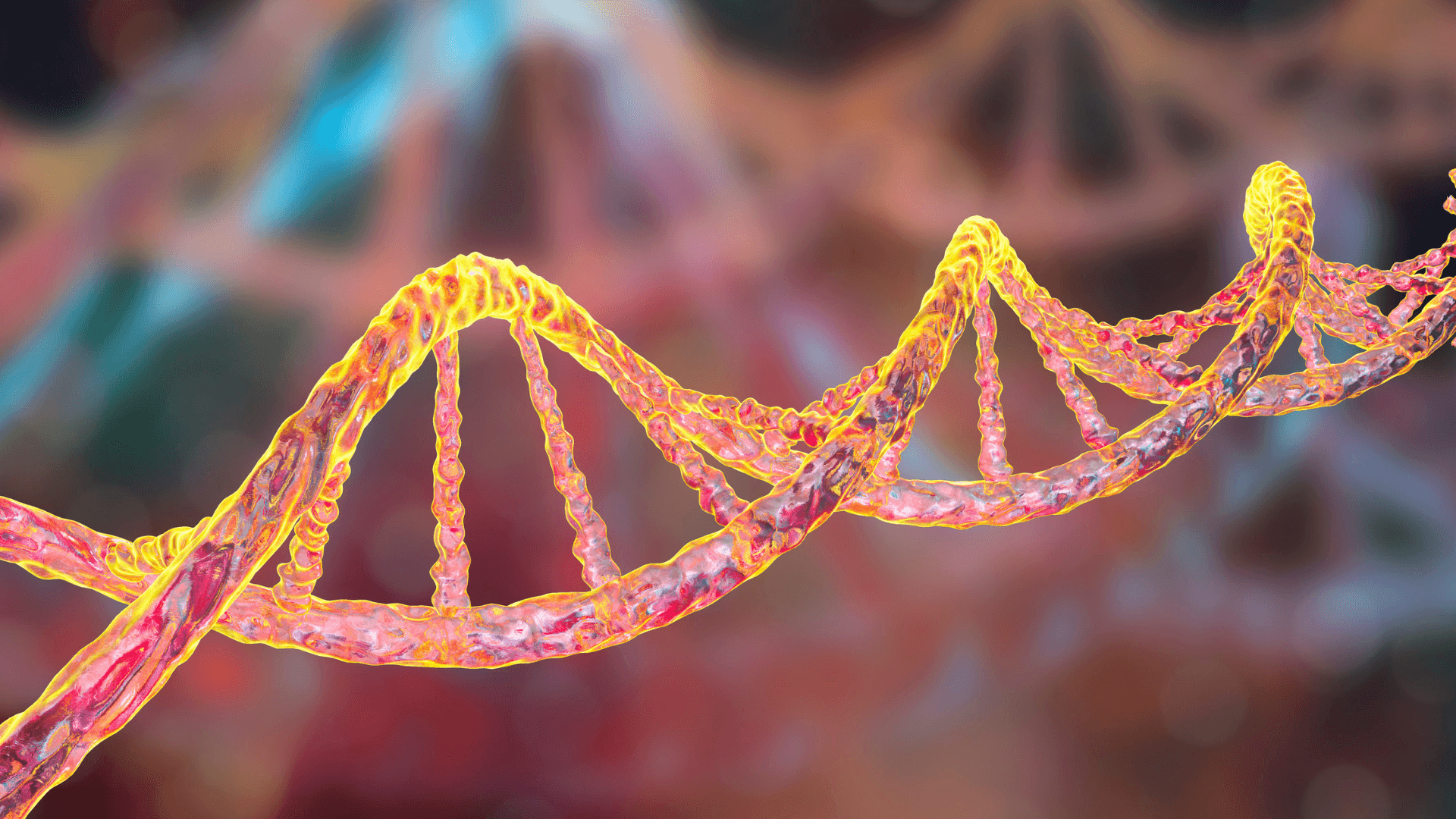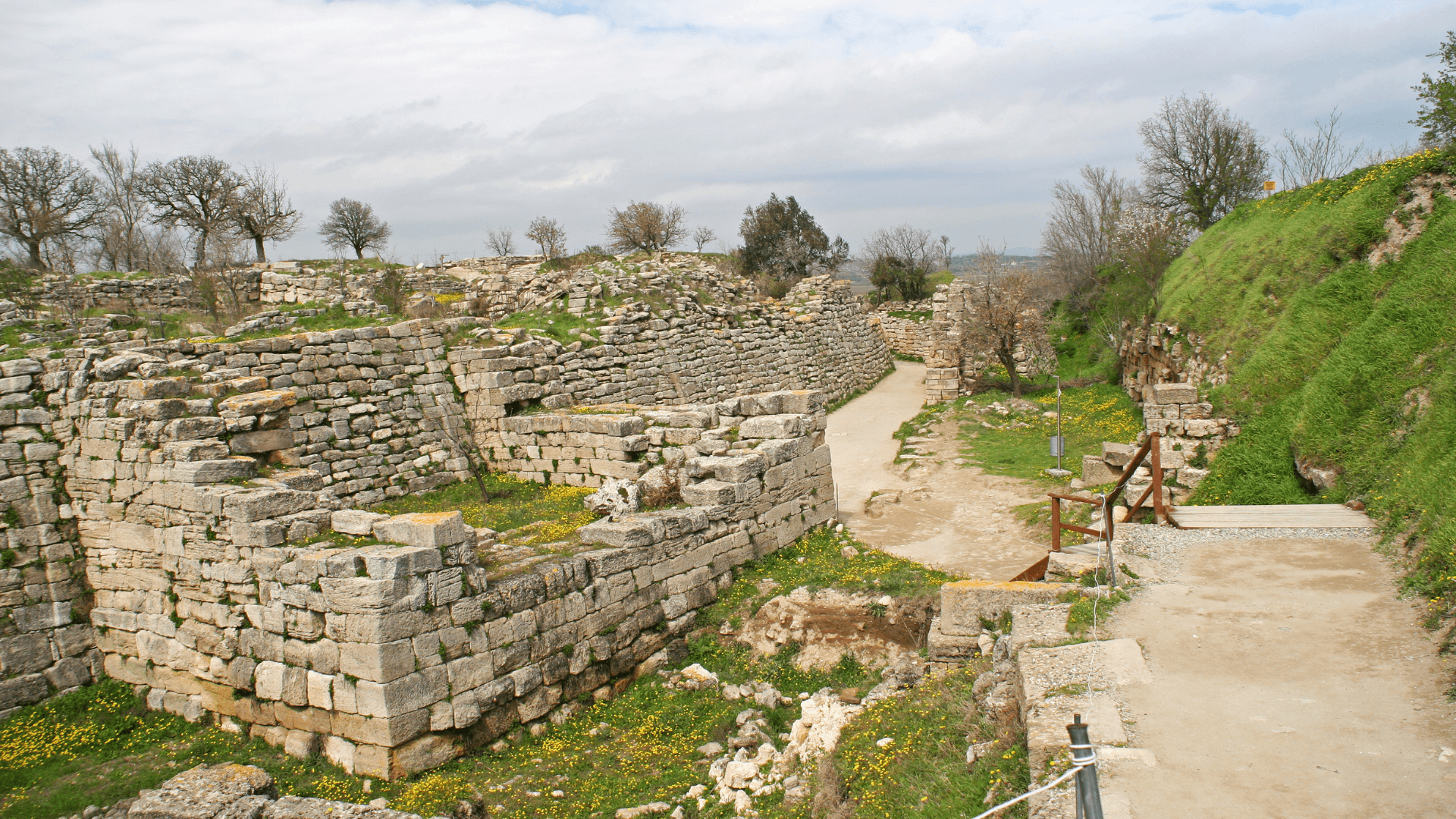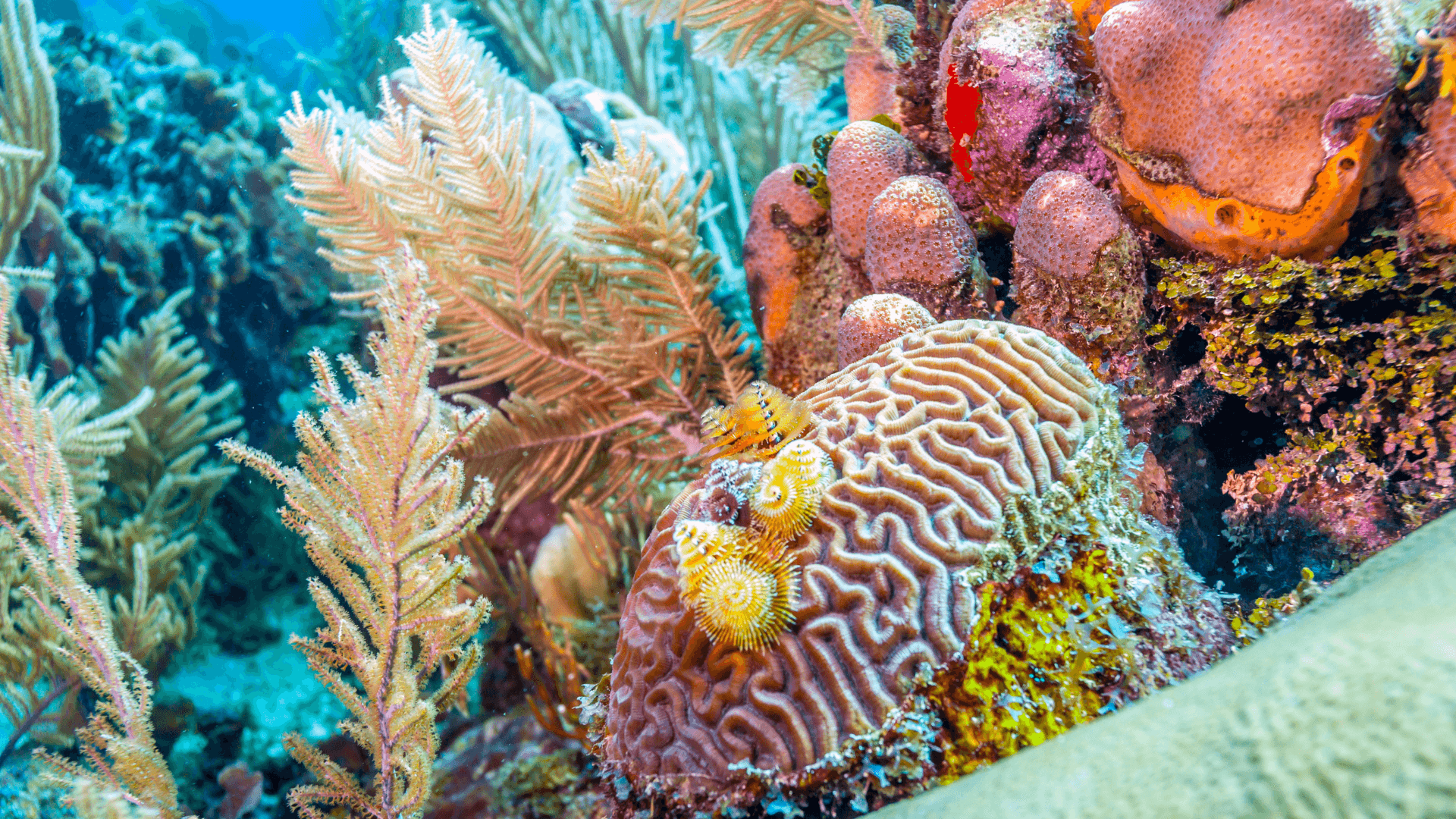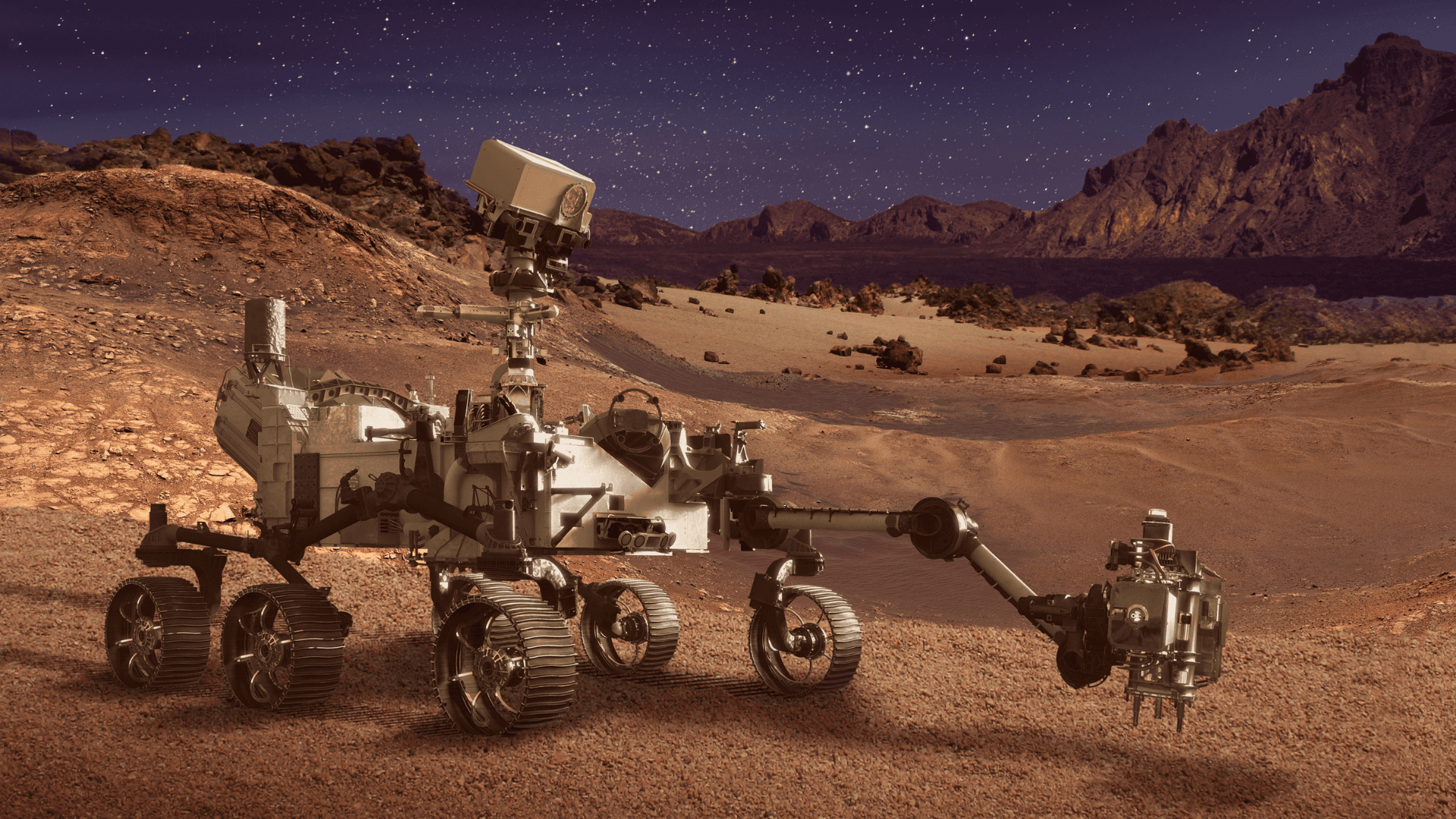Study Demonstrates Similarities Between Ice Age Adolescents' Puberty and Modern Youth
Study Demonstrates Similarities Between Ice Age Adolescents' Puberty and Modern Youth
Study Demonstrates Similarities Between Ice Age Adolescents' Puberty and Modern Youth
Oct 8, 2024
Oct 8, 2024
Oct 8, 2024

Artistic reconstruction of Romito 2, a 16-year-old with dwarfism who lived 11,000 years ago. Crédito: Olivier Graveleau.
Artistic reconstruction of Romito 2, a 16-year-old with dwarfism who lived 11,000 years ago. Crédito: Olivier Graveleau.
Artistic reconstruction of Romito 2, a 16-year-old with dwarfism who lived 11,000 years ago. Crédito: Olivier Graveleau.
A new study on the skeletal remains of Ice Age adolescents reveals that the puberty process of these ancient youths was surprisingly similar to that of modern teenagers.
A new study on the skeletal remains of Ice Age adolescents reveals that the puberty process of these ancient youths was surprisingly similar to that of modern teenagers.
A new study on the skeletal remains of Ice Age adolescents reveals that the puberty process of these ancient youths was surprisingly similar to that of modern teenagers.
A recent study on the skeletal remains of Ice Age adolescents has uncovered that the puberty process of these ancient youths was remarkably similar to that of today's teenagers. The research provides unprecedented insights into how these young people lived and developed during a prehistoric period often associated with harsh living conditions.
When Did Ice Age Adolescents Begin Puberty?
Analyzing the bones and teeth of 13 Ice Age adolescents using a method developed by researcher Mary Lewis from the University of Reading, the study showed that these youths began puberty around 13.5 years old and reached adulthood between 17 and 22 years old. This timeline aligns with that of adolescents in developed countries today.
Researchers analyzed canine teeth mineralization and the maturation of specific bones—such as those in the hands, elbows, wrists, neck, and pelvis—to assess each individual's stage of puberty.
Surprisingly Healthy Development
Contrary to the expectation that Ice Age adolescents faced adverse health conditions, the analyzed skeletons indicate healthy development during puberty. This challenges the belief that harsh prehistoric living conditions significantly impacted these youths' growth and physical development.
One of the most fascinating cases was that of Romito 2, the oldest known individual with dwarfism. By analyzing his bones, scientists concluded that he was in the middle of puberty. Despite his youthful appearance due to his short stature, Romito 2 had likely developed adult characteristics such as a deeper voice and reproductive capability. That raises questions about how he was perceived in his community, given his juvenile body but adult traits.
Challenges and Limitations
Despite the notable findings, the study faced some limitations. Only 13 skeletons were analyzed, which restricts the generalization of the results to the entire Ice Age adolescent population. Additionally, the research relied on indirect skeletal markers to infer puberty stages, which may not reflect all variability in development among different environments or populations of the time.
Expanding Research and New Directions
The scientists plan to expand the analysis to include more skeletons from different regions and to investigate more thoroughly how the physical development of Ice Age adolescents influenced their social roles within communities. They also intend to apply these methods to other prehistoric periods to map the evolution of human development over time.
This groundbreaking study presents new insights into understanding our ancestors' biology and societal roles.
—
Discover more about how Ice Age adolescents experienced puberty in ways surprisingly similar to modern youth. Read the full article here.
A recent study on the skeletal remains of Ice Age adolescents has uncovered that the puberty process of these ancient youths was remarkably similar to that of today's teenagers. The research provides unprecedented insights into how these young people lived and developed during a prehistoric period often associated with harsh living conditions.
When Did Ice Age Adolescents Begin Puberty?
Analyzing the bones and teeth of 13 Ice Age adolescents using a method developed by researcher Mary Lewis from the University of Reading, the study showed that these youths began puberty around 13.5 years old and reached adulthood between 17 and 22 years old. This timeline aligns with that of adolescents in developed countries today.
Researchers analyzed canine teeth mineralization and the maturation of specific bones—such as those in the hands, elbows, wrists, neck, and pelvis—to assess each individual's stage of puberty.
Surprisingly Healthy Development
Contrary to the expectation that Ice Age adolescents faced adverse health conditions, the analyzed skeletons indicate healthy development during puberty. This challenges the belief that harsh prehistoric living conditions significantly impacted these youths' growth and physical development.
One of the most fascinating cases was that of Romito 2, the oldest known individual with dwarfism. By analyzing his bones, scientists concluded that he was in the middle of puberty. Despite his youthful appearance due to his short stature, Romito 2 had likely developed adult characteristics such as a deeper voice and reproductive capability. That raises questions about how he was perceived in his community, given his juvenile body but adult traits.
Challenges and Limitations
Despite the notable findings, the study faced some limitations. Only 13 skeletons were analyzed, which restricts the generalization of the results to the entire Ice Age adolescent population. Additionally, the research relied on indirect skeletal markers to infer puberty stages, which may not reflect all variability in development among different environments or populations of the time.
Expanding Research and New Directions
The scientists plan to expand the analysis to include more skeletons from different regions and to investigate more thoroughly how the physical development of Ice Age adolescents influenced their social roles within communities. They also intend to apply these methods to other prehistoric periods to map the evolution of human development over time.
This groundbreaking study presents new insights into understanding our ancestors' biology and societal roles.
—
Discover more about how Ice Age adolescents experienced puberty in ways surprisingly similar to modern youth. Read the full article here.
A recent study on the skeletal remains of Ice Age adolescents has uncovered that the puberty process of these ancient youths was remarkably similar to that of today's teenagers. The research provides unprecedented insights into how these young people lived and developed during a prehistoric period often associated with harsh living conditions.
When Did Ice Age Adolescents Begin Puberty?
Analyzing the bones and teeth of 13 Ice Age adolescents using a method developed by researcher Mary Lewis from the University of Reading, the study showed that these youths began puberty around 13.5 years old and reached adulthood between 17 and 22 years old. This timeline aligns with that of adolescents in developed countries today.
Researchers analyzed canine teeth mineralization and the maturation of specific bones—such as those in the hands, elbows, wrists, neck, and pelvis—to assess each individual's stage of puberty.
Surprisingly Healthy Development
Contrary to the expectation that Ice Age adolescents faced adverse health conditions, the analyzed skeletons indicate healthy development during puberty. This challenges the belief that harsh prehistoric living conditions significantly impacted these youths' growth and physical development.
One of the most fascinating cases was that of Romito 2, the oldest known individual with dwarfism. By analyzing his bones, scientists concluded that he was in the middle of puberty. Despite his youthful appearance due to his short stature, Romito 2 had likely developed adult characteristics such as a deeper voice and reproductive capability. That raises questions about how he was perceived in his community, given his juvenile body but adult traits.
Challenges and Limitations
Despite the notable findings, the study faced some limitations. Only 13 skeletons were analyzed, which restricts the generalization of the results to the entire Ice Age adolescent population. Additionally, the research relied on indirect skeletal markers to infer puberty stages, which may not reflect all variability in development among different environments or populations of the time.
Expanding Research and New Directions
The scientists plan to expand the analysis to include more skeletons from different regions and to investigate more thoroughly how the physical development of Ice Age adolescents influenced their social roles within communities. They also intend to apply these methods to other prehistoric periods to map the evolution of human development over time.
This groundbreaking study presents new insights into understanding our ancestors' biology and societal roles.
—
Discover more about how Ice Age adolescents experienced puberty in ways surprisingly similar to modern youth. Read the full article here.


















